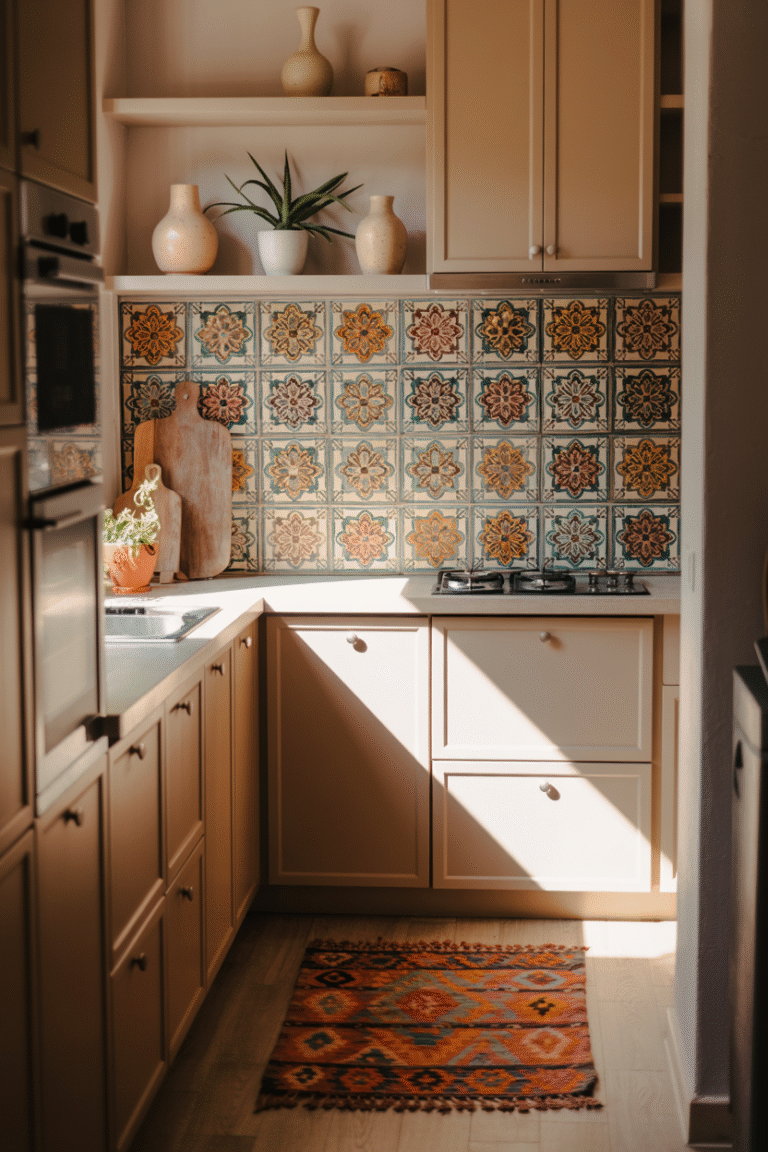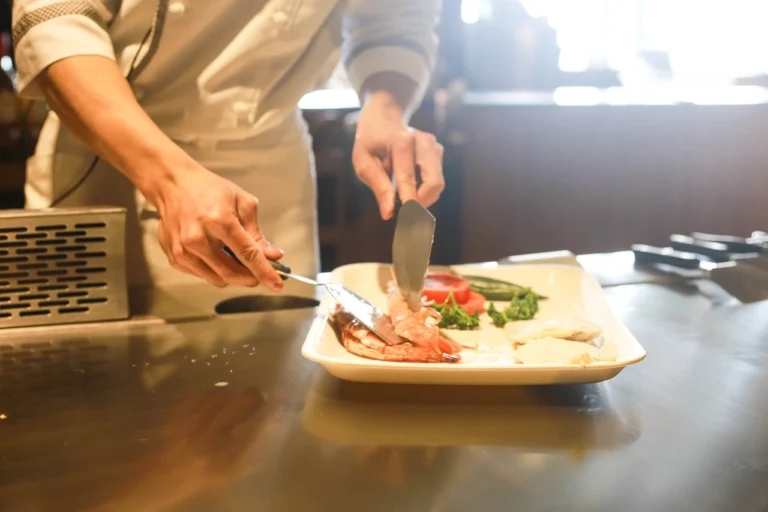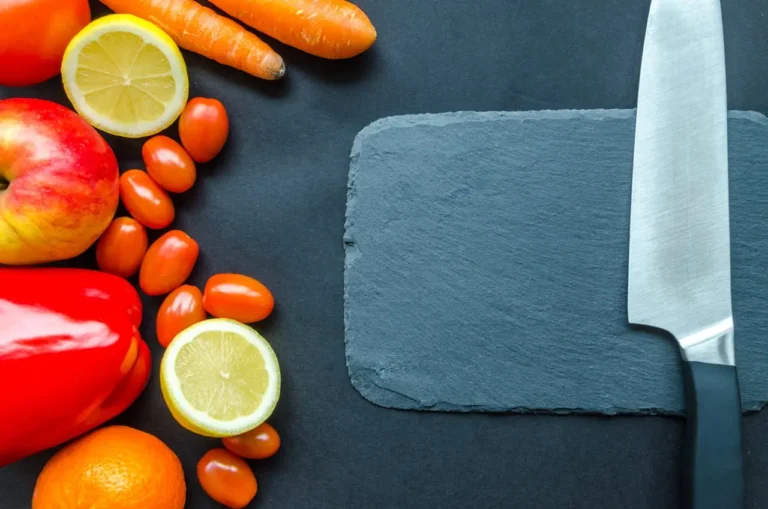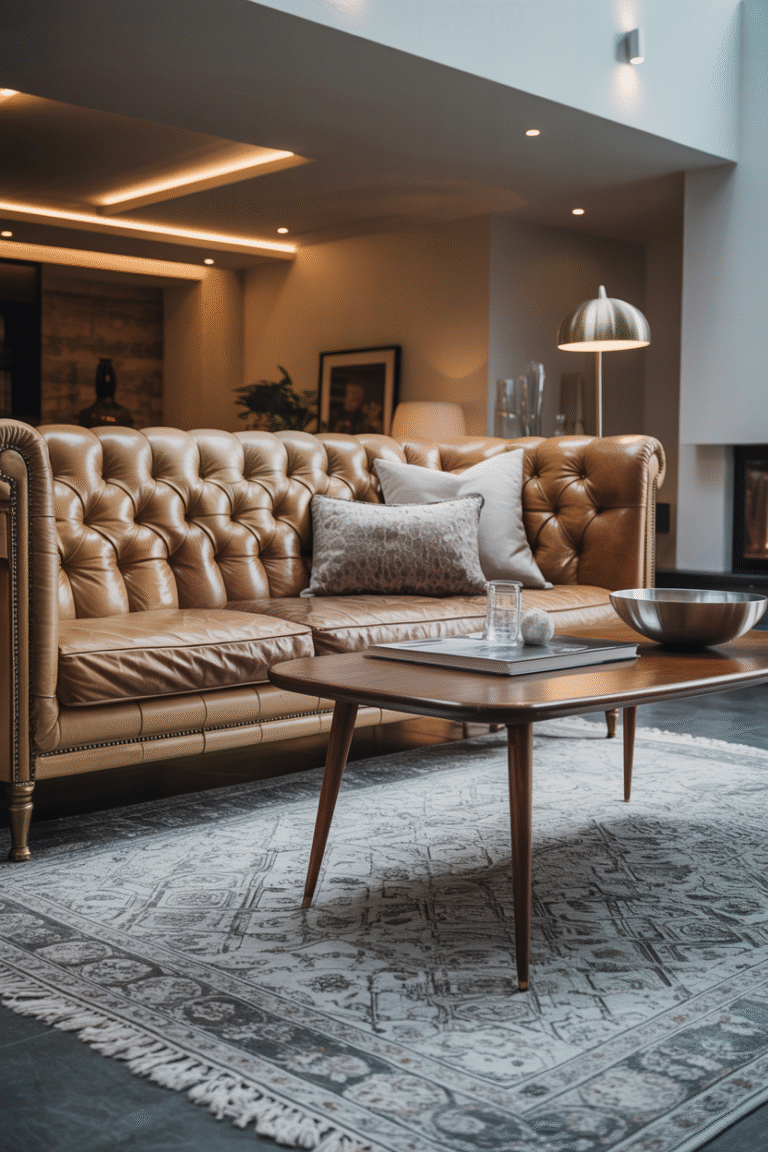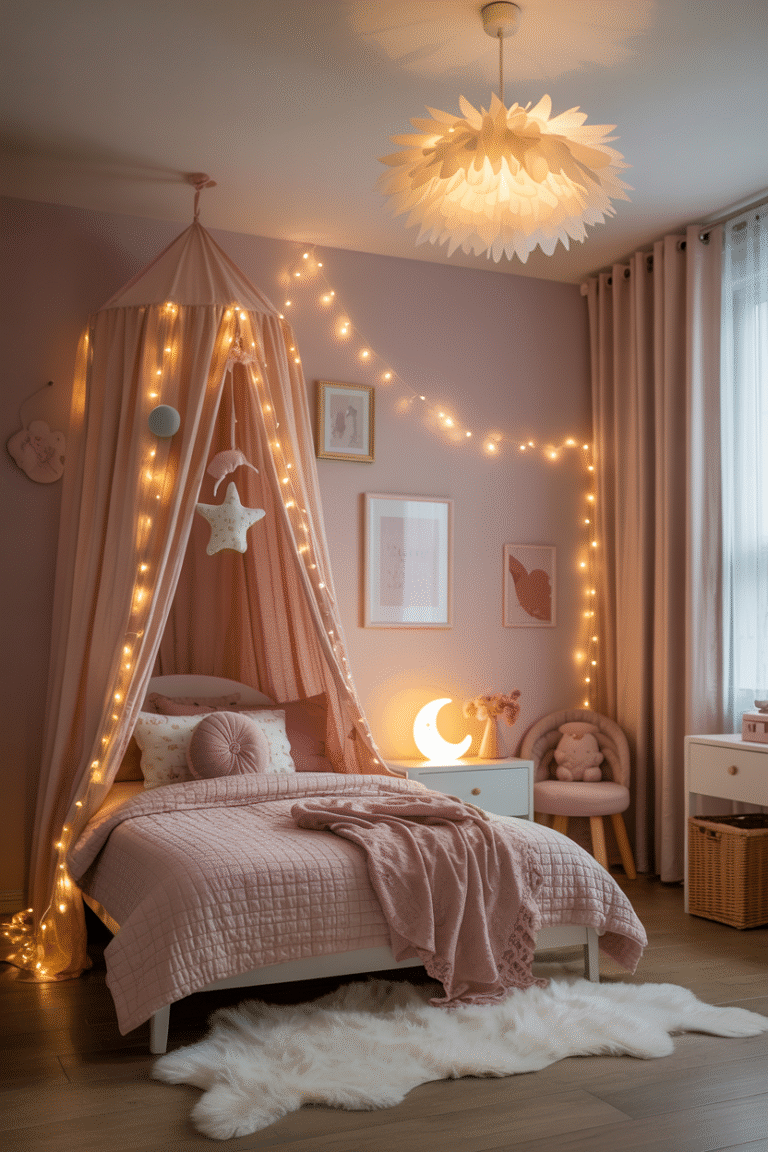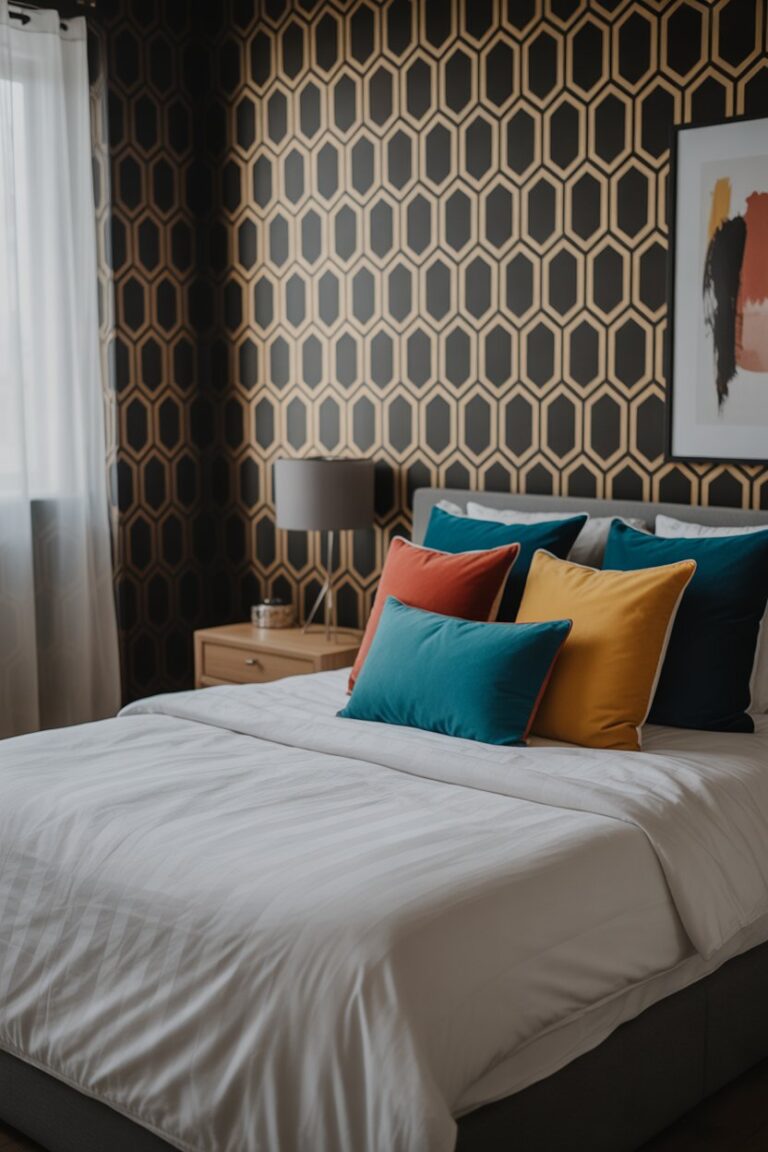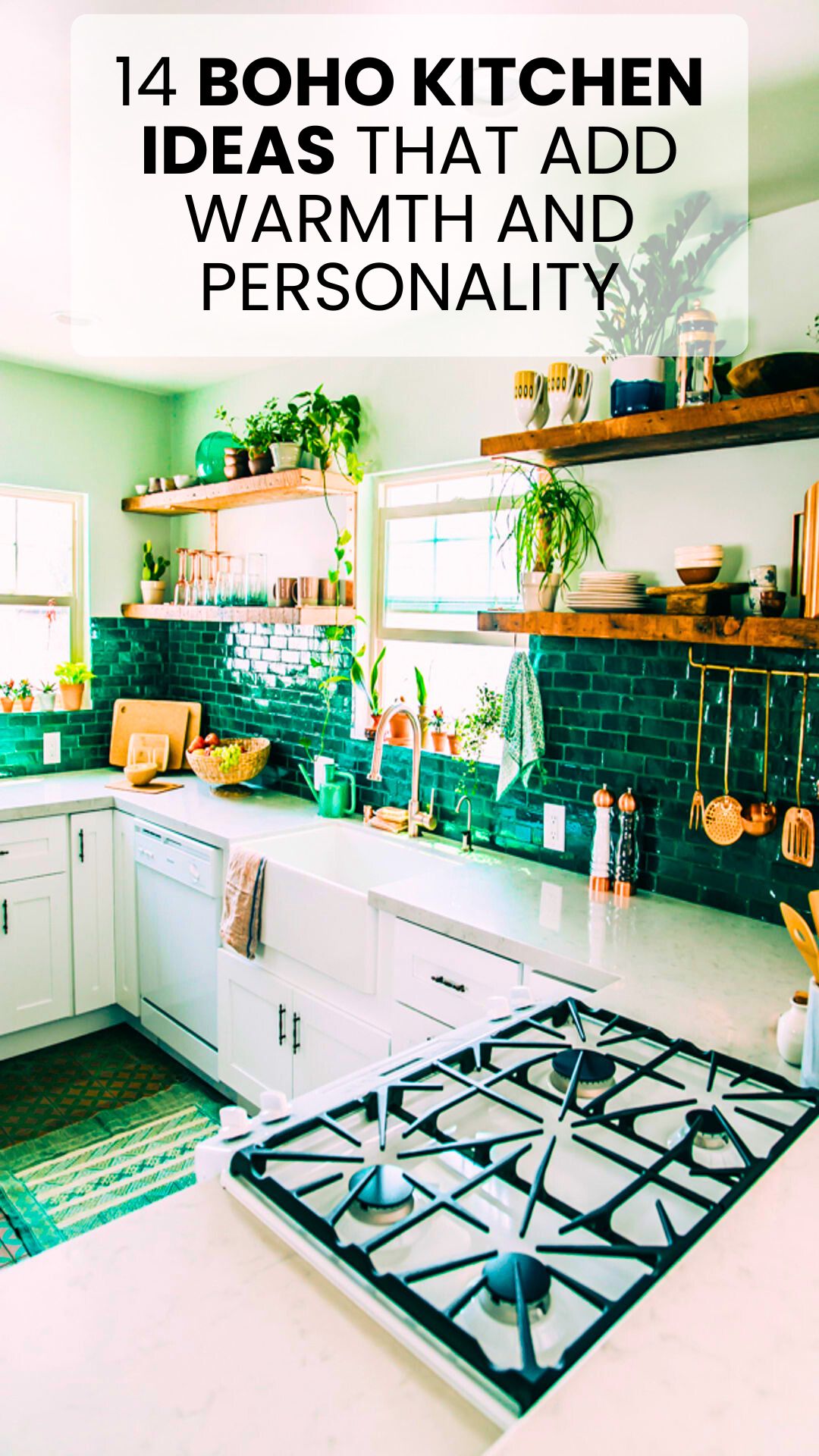
I’ll never forget the first time I walked into a boho-style kitchen. The space felt alive – plants trailing from open shelves, colorful ceramics stacked haphazardly, and textures that begged to be touched. My own sterile white kitchen suddenly seemed cold and impersonal in comparison. That moment sparked my journey to create a boho kitchen that felt collected rather than designed.
What exactly makes a kitchen boho? After transforming my own space and helping friends with theirs, I’ve learned it’s about mixing natural materials, global influences, and plenty of personality. Unlike matchy-matchy kitchens, boho spaces celebrate imperfections and tell stories through decor. Here’s how to bring that relaxed, worldly vibe into your cooking space.
Open Shelving for Display and Function
My first attempt at boho kitchen shelves was a disaster. I crammed every colorful plate and bowl I owned onto cheap brackets, creating visual chaos. Now I know open shelving works best when you balance function with style. I replaced my upper cabinets with simple wooden shelves from Home Depot, leaving some breathing room between items.
The trick is mixing practical items with decorative pieces. My everyday dishes stay within easy reach, while vintage finds and plants fill the gaps. I keep similar colors together – all white dishes on one shelf, earthy tones on another – to create order within the eclectic mix. Floating shelves work especially well for renters since they can be removed without damaging cabinets.
For added texture, I lined the back of my shelves with leftover peel-and-stick wallpaper in a subtle tribal print. The pattern peeks between my dish collection, adding depth without overwhelming the space.
Natural Materials Bring Warmth
My all-white kitchen felt like a hospital before I introduced natural elements. Now wood, rattan, and stone surfaces warm up the space. I swapped my plastic utensil holder for a hand-carved wooden one and replaced cabinet knobs with leather pulls.
The biggest change came when I added a rattan pendant light above my island. The woven texture casts beautiful shadow patterns while providing ample task lighting. For countertops, I used contact paper that mimics concrete – an affordable rental-friendly solution that transformed the look instantly.
Don’t forget small touches like wooden cutting boards displayed on the counter or a jute rug underfoot. These natural textures make a kitchen feel lived-in rather than showroom perfect.
Plants Add Life to the Space
Nothing kills boho vibes faster than a sterile, plant-free kitchen. I started with hardy herbs in terracotta pots near my window – practical and pretty. As my confidence grew, I added hanging plants in macrame holders that trail above my sink.
For dark corners, I discovered snake plants and ZZ plants thrive with minimal light. A small shelf above my coffee station holds succulents that add greenery without demanding much attention. Even fake plants work in truly hopeless spots – just dust them occasionally so they don’t scream “plastic.”
The key is varying heights and planters. My collection includes hanging vines, potted herbs, and a tall fiddle leaf fig in the corner. Together they create layers of greenery that soften hard kitchen surfaces.
Global Finds Tell Stories
Boho kitchens celebrate craftsmanship from around the world. I started small with hand-painted Mexican tiles as a backsplash behind my stove. Each one tells a story, unlike mass-produced subway tile.
My open shelves now display pottery from local artisans alongside thrift store finds. A handwoven basket from Guatemala holds onions and garlic, while Turkish tea glasses double as measuring cups. The mix feels personal rather than decorated.
For renters, removable decals can mimic Moroccan tile patterns without permanent changes. I used some on my fridge to add pattern until I can install real tiles someday.
Final Thoughts: Start Small
Creating a boho kitchen happens gradually as you collect meaningful pieces. I began with just open shelves and a few plants, then added layers over time. The most important thing is choosing items you genuinely love rather than following trends.
That weird thrift store teapot that makes you smile? Display it proudly. The handmade mug from your vacation? Give it a special spot. When I stopped worrying about perfection and started embracing pieces with personality, my kitchen finally felt like me.
The easiest place to begin? Swap out a few cabinet knobs for something textured or add a single hanging plant. Small changes often spark the inspiration to keep going. Just don’t blame me when you develop a ceramic collection addiction.

